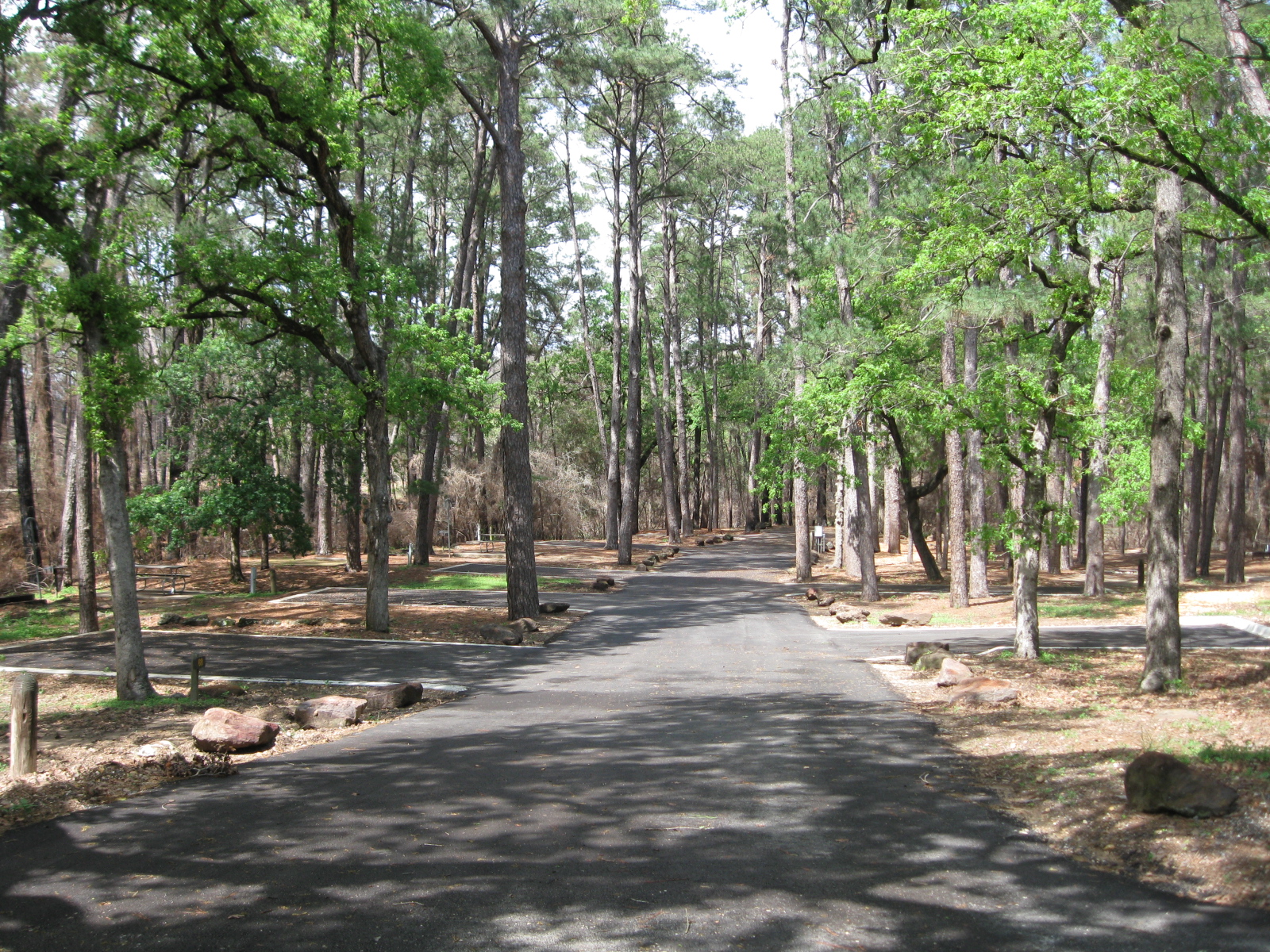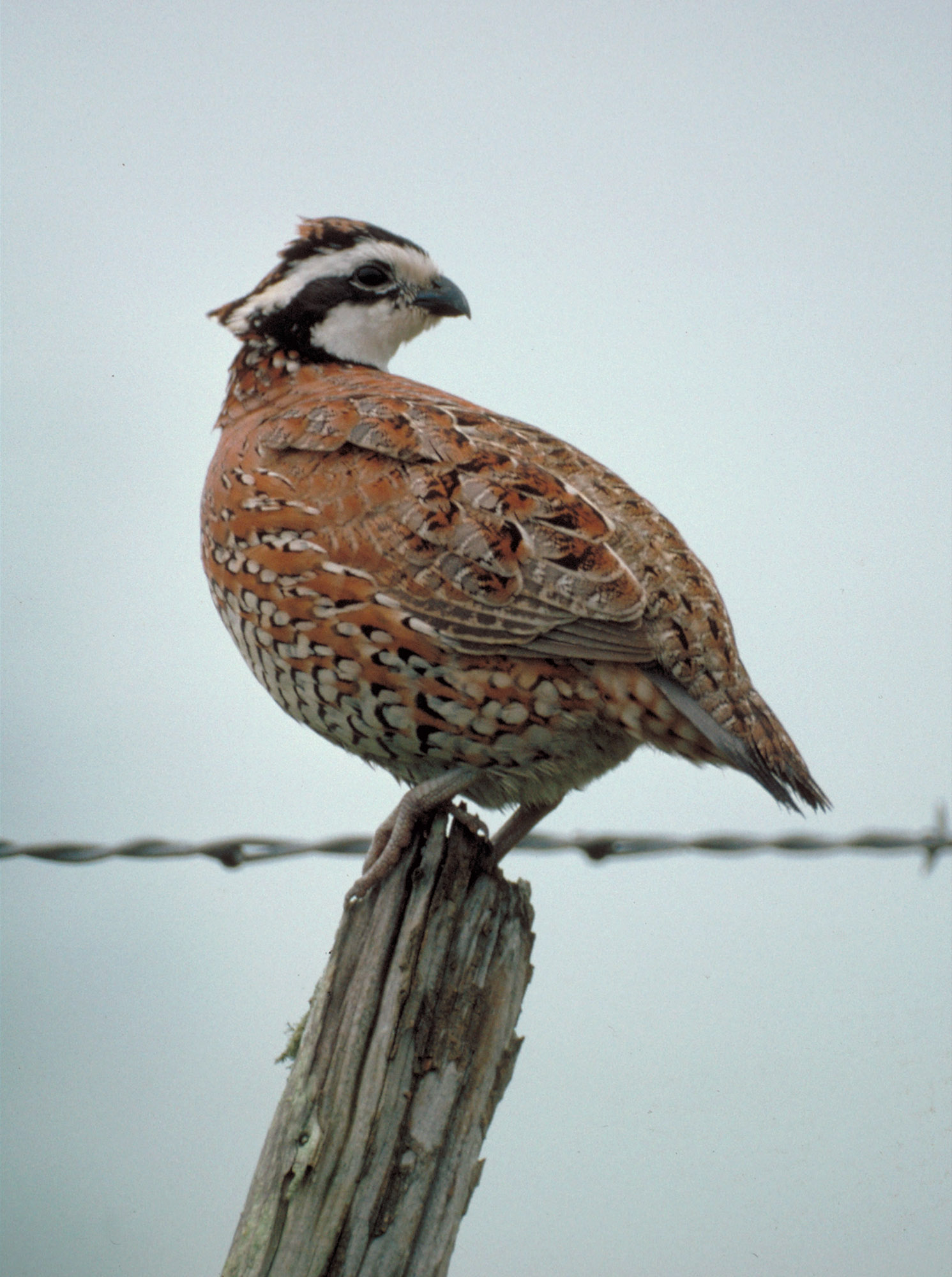TPW TV: Hueco Tanks Graffiti Removal
Wednesday, October 17th, 2012
Hueco Tanks Rock Art
This is Passport to Texas
This month on the Texas parks and Wildlife TV show, see how state of the art laser technology saved ancient rock art at Hueco Tanks State Park & Historic Site, Producer, Abe Moore:
67— Hueco Tanks State Park out by El Paso is really world class when it comes to rock art. There, they have more painted masks than anywhere else in North America. But one of the things that happened to come of this rock art is vandals damaged several of the pictographs with graffiti; and the thought was they could never be restored back to their original glory.
If the conservation is not done properly at this time, the aging and degradation process could actually accelerate.
Now, here’s where it gets really interesting. For the first time ever at the state park, conservators are using this state of the art laser that actually takes away the layer of graffiti and it leaves behind the original pictograph.
The fact that we are able to remove the graffiti and bring back the site to what it was to before the sites were vandalized is quite amazing.
It was amazing, because you could look at the graffiti and this laser literally just eats at it – right in front of your eyes. And it just kind of disappears and then you’re left with whatever the beautiful picture is underneath. This story will air on Texas parks and Wildlife TV the week of October 21st through the 27th. So, it’s some cool technology in action.
Thanks Abe.
That’s our show…For Texas Parks and Wildlife I’m Cecilia Nasti.






 Passport to Texas is a
Passport to Texas is a  Passport to Texas is made available by:
Passport to Texas is made available by: